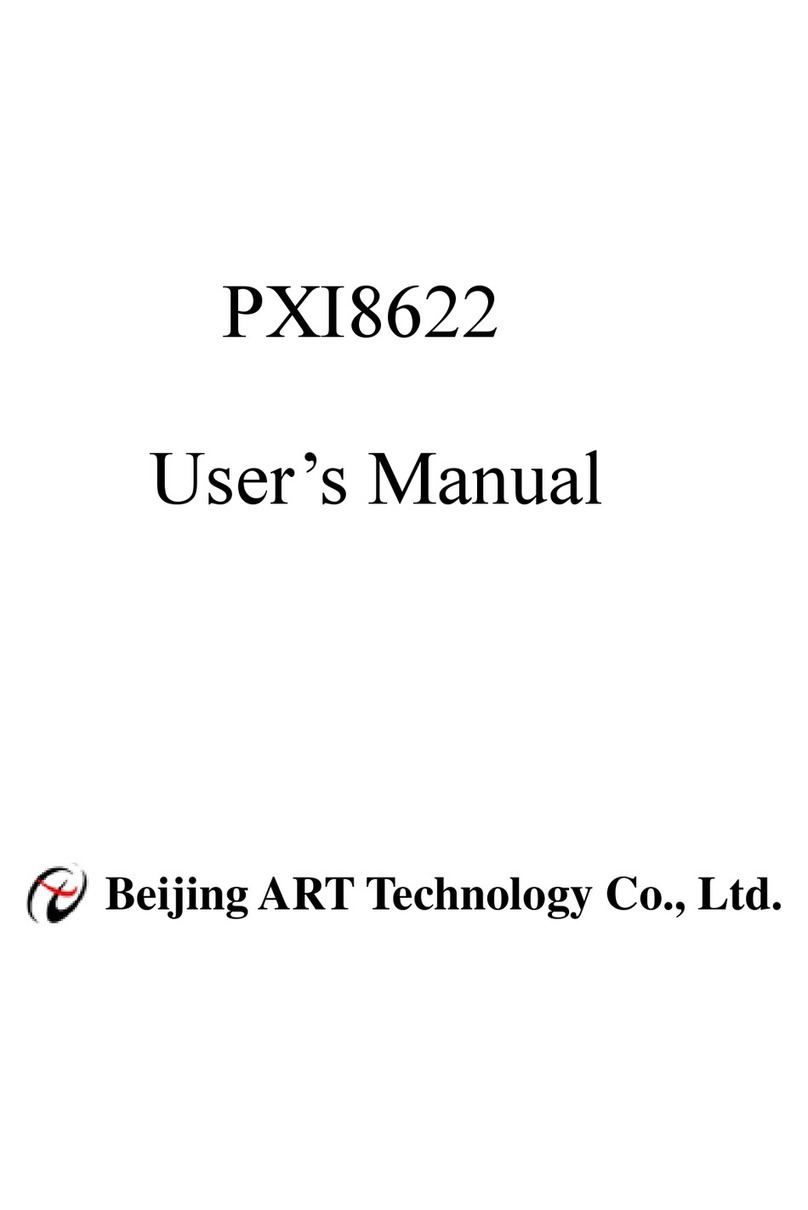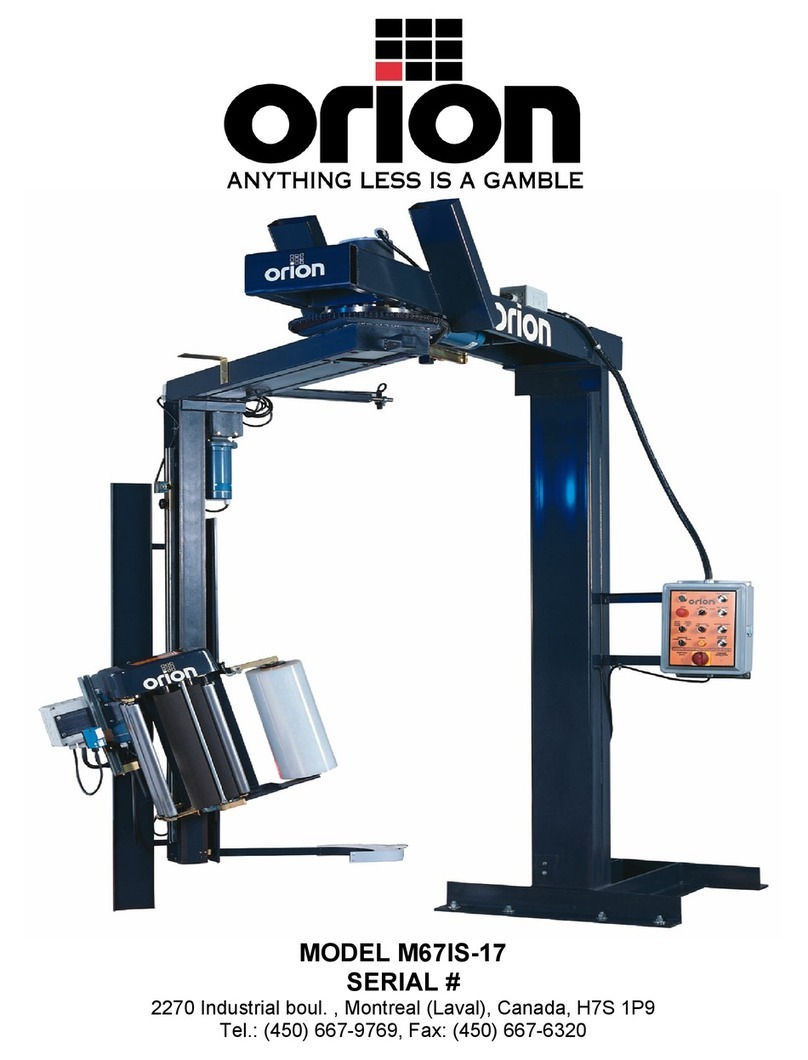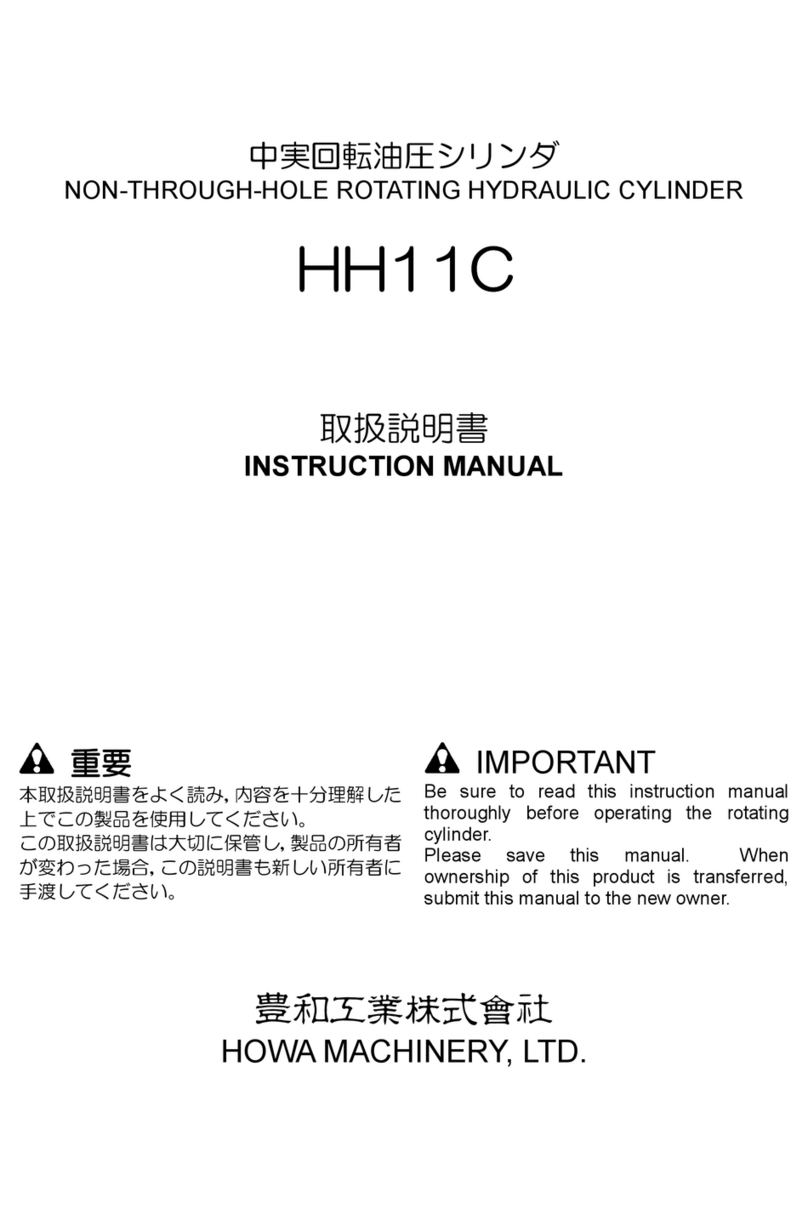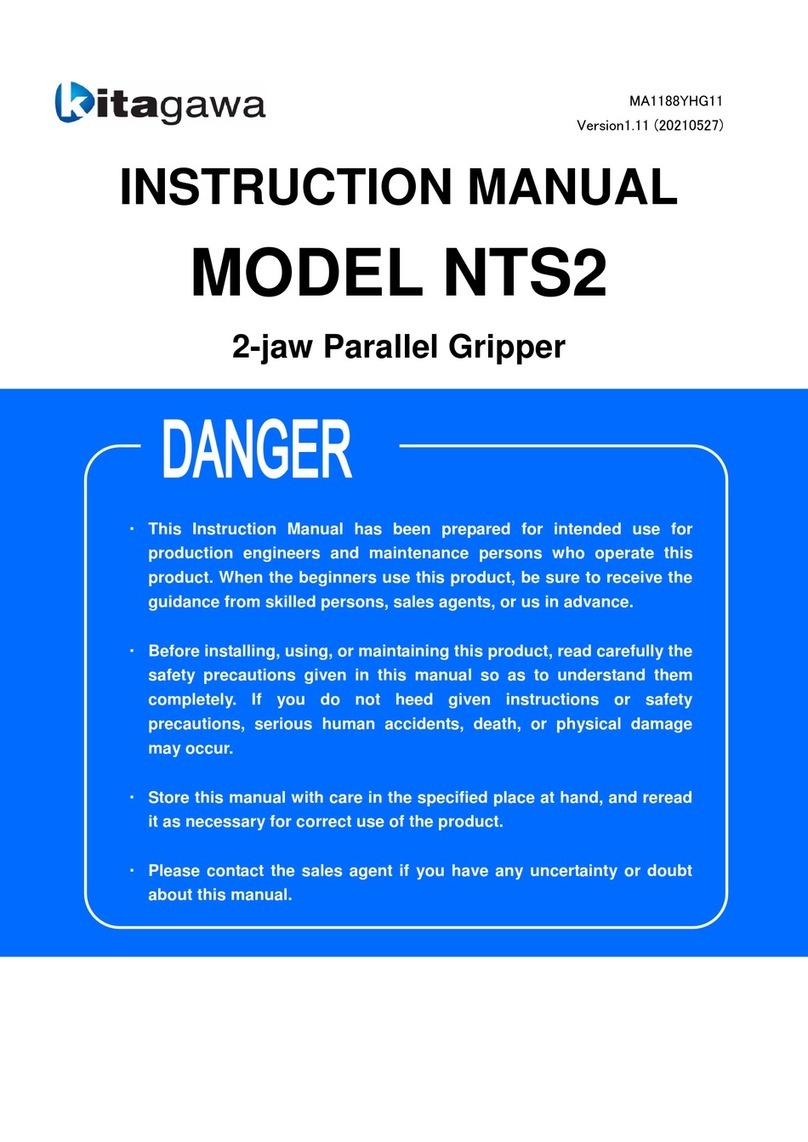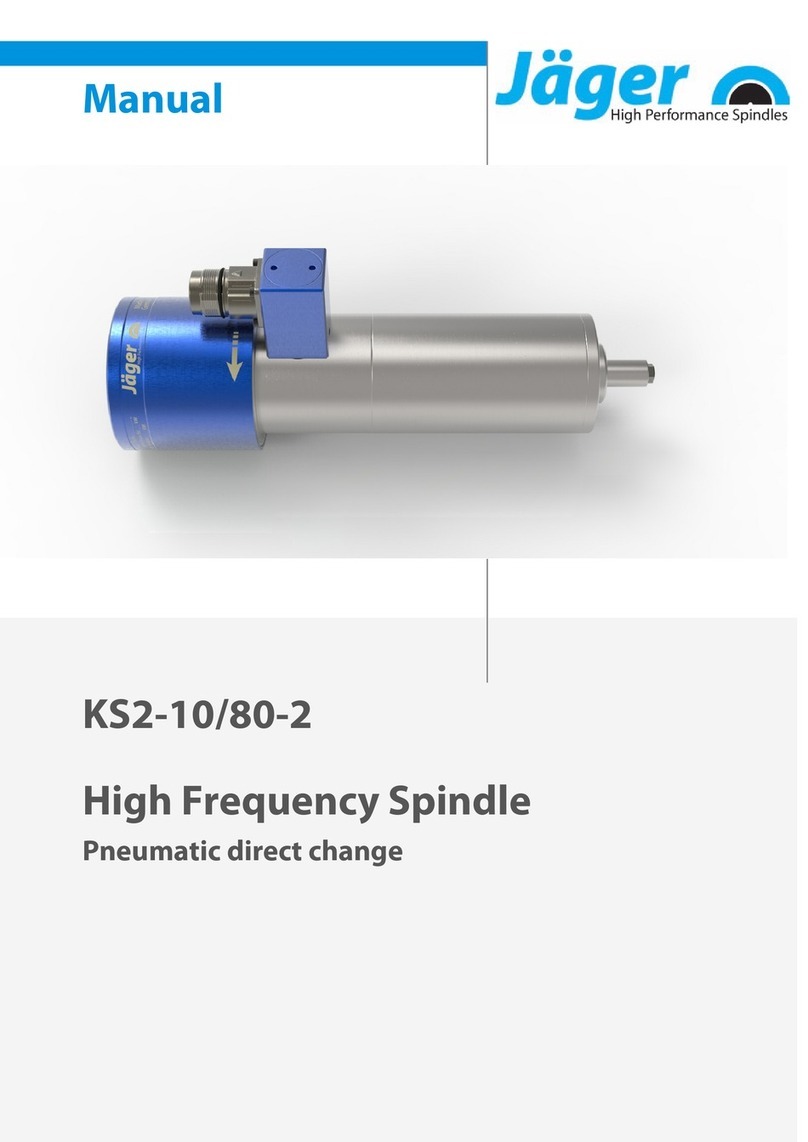FSI SLUG User manual


i
foam supplies, inc.
Success through Innovation
Creating New Technologies for Urethane Chemical
Systems and Equipment
Headquarters: 4387 North Rider Trail · Earth City, Missouri 63045-1103
Tel: 314-344-3330 · 1-800-325-4875 · Fax: 314-344-3331
Texas Office: 590 Benjamin’s Way · Lewisville, Texas 75057
Tel: 972-436-7008 · 1-800-325-4875 · Fax: 314-344-3331

ii
TABLE OF CONTENTS
INTRODUCTION …………………………….……………….…. 1
PROCESS DESCRIPTION ………………….…………………. 2
EQUIPMENT DESCRIPTION ……………….………………… 4
Mix Probe Assembly …………………….………………. 4
SLUG Gun Head Assembly ……………….………………. 4
Flow Control Assembly …………………….………………. 4
Hoses ……………………………………….……………… 5
Stratoflex Assembly ………………………….……………. 5
Nitrogen Regulator(s) ………………………….…………… 5
Heat Control Units …………………………………………... 5
SDH (Single Digital Heat) Unit …………….………….. 5
DDH (Dual Digital Heat) Unit ………………………... 6
Start Up Procedures for Heating Units ………………... 6
Schematic for Heat Boxes …………………….…………. 6
Timer Units ………………………………………………….. 6
General Schematic ………………………………………… 7
CHEMICAL PREPARATION STORAGE & HANDLING ….. 8
Temperatures ………………………………………………… 8
Cylinder Storage & Conditioning ……………………………… 8
Shelf Life ……………………………………………………… 8
Solvent ……………………………………………………… 9
Nitrogen ……………………………………………………… 9
Cylinder Sizes …………………………………………………. 9
F-6000, F-5000, & F-4000 Schematic ……………….……….. 10
F-1000 Schematic …………………………………………... 11
INSTALLATION & ASSEMBLY …………………………….. 12
Cylinder Preparation & Connection …………………………… 12
Procedure for Connecting Cylinders ……………………… 12
Nitrogen Connection ……………………………………….. 12
Air Purge Connection ……………………………………….. 12
Heating Unit Connection ……………………………………... 13
Timing Unit Connection ……………………………………... 13
Timer Test Procedure ………………………………………… 13

iii
PRODUCTION & QUALITY CONTROL ……………………. 14
SLUG START UP PROCEDURE ………………………………. 15
Ratio Procedure …………………………………………… 16
Thruput Procedure ……………………………………….. 17
Reactivity Procedure ……………………………………… 18
String gel ………………………………………………. 18
Tack free ………………………………………………. 18
Density ………………………………………………. 18
Shot Time Procedure ………………………………………. 19
Daily Q. C. Form …………………………………………… 20
SLUG SHUTDOWN PROCEDURE ……………………………. 21
CHANGING CHEMICAL CYLINDERS ………………………… 22
Cylinder Disconnect/Reconnect Procedure ………………. 22
Schematics ……………………………………………. 23
Cylinder Blow Down Procedure …………………………… 24
For F-6000,F-5000 & F-4000 ……………………………. 24
For F-1000 & F-300 …………………………………….. 25
Sealing Empty Cylinders for Return to FSI …………….….. 26
MAINTENANCE ………………………………………………... 27
Mix Tubes …………………………………………………. 27
Mix Tube Change Out Procedure ……………………… 27
Mix Tube Cleaning Procedure …………………………. 27
Mix Tube Schematic ……………………………………. 28
Gun Block …………………………………………………. 29
Gun Block Change Out Procedure ……………………. 30
SLUG Schematic …………………………………………. 31
Block Reconditioning Request …………………………… 32
Check Valves …………………………………………… 33
Flow Controllers ………………………………………….. 33
TROUBLESHOOTING ………………………………………… 34
CHEMICAL FLOW CHARACTERISTICS ……………………… 34
LEAKS ………………………………………………………… 35
FOAM CHARACTERISTICS ………………………………….. 37
TECHNICAL SERVICE ………………………………………… 39

iv
SAFETY & HANDLING ……………………………………….. 40
General ………………………………………………………… 40
Clothing ……………………………………………………….. 40
Cylinders ……………………………………………………… 41
Strats (Filters) ………………………………………………… 41
Hoses ……………………………………………………….. 41
Ball valves …………………………………………………….. 41
ENVIRONMENTAL & DISPOSAL INFORMATION ………. 42
A-SIDE SPILLS & LEAKS ……………………………………... 42
B-SIDE SPILLS & LEAKS ……………………………………... 43
EQUIPMENT DRAWINGS & PARTS DESCRIPTIONS
Standard Schematic Unit ……………………………………. 44
Mix Probe Assembly ………………………………………… 45
SLUG Gun Assembly ………………………………………… 47
Flow Control Assembly ………………………………………. 49
Dual Nitrogen Regulator Assembly ……………………… 53
Single Nitrogen Regulator Assembly ……………………… 54
Filter Assembly ………………………………………………. 55
Miscellaneous Parts …………………………………………... 57

1
INTRODUCTION
This manual is designed to provide the necessary information for the installation, operation and
service of the FSI foam dispensing units. It is important to read it thoroughly and to use it for
reference whenever necessary.
Familiarity with the manual will allow you to obtain the maximum operating results and to provide
continuous assurance of quality polyurethane, P.U.F. foam.
The FSI foam equipment you have leased is relatively simple to operate in comparison to other urethane
foaming equipment when operated and maintained in accordance with this manual. It provides for the
manual or automatic dispensing of urethane foam by the pour or P.U.F. method.

2
PROCESS DESCRIPTION
Rigid polyurethane foams are formed by the reaction of certain isocyanate compounds with hydroxyl
bearing polyols. Isocyanate (ISO) and polyol (Resin) chemically react to form multi-branched polymer
chains when mixed together in the presence of catalysts and other additives. The generic chemical name
for these compounds is polyurethane.
FSI produces polyurethane chemical systems for use in the manufacturing of cellular plastics
(polyurethane foams). These are two-component systems normally designated "A" and "B". The "A"
component (ISO) is an MDI polymeric isocyanate. The "B" component (Resin) consists primarily of
polyol, necessary additives, catalysts and a blowing agent.
The Process and The Reaction
In the FSI foam process, the two basic components (The A-SIDE and the B-SIDE) are pressurized in
separate vessels. The chemical systems have blowing agents blended into one or both components.
The two chemicals are then fed through a dispensing tube in a controlled ratio and dispensed. Once
dispensed, the exotherm and sudden decrease in pressure initiate the formation of polyurethane foam.
The foam continues to expand as heat is generated from the chemical reaction of the isocyanate and
polyol. The foam expands until the polymer has obtained sufficient strength to withstand the pressures of
the expanding gases. The final product is a homogeneous cellular product composed of many tiny closed
cells. The percent of closed cells, usually 90 to 96%, determines the efficiency of the foam.
The Temperature
Temperature is of utmost importance in processing urethane chemicals. It is essential to control the
reaction by controlling chemical temperatures because this assists in maintaining productivity and
efficiency. Lack of control over chemical temperature results in loss of time, lower productivity, higher
cost, and in some cases, loss of product.
Generally the chemical should be maintained at 80F (5F) throughout the year. All SLUG guns must
have heated hoses. Hoses should be kept off cold floors. Whenever possible, heated fixtures should be
utilized. If heated fixtures are impractical, the creation of a heated area of at least 80F is beneficial. The
specific operating chemical temperatures for your system are indicated on p. 8 of this manual.

3
P.U.F. Systems and Equipment
FSI P.U.F.chemical is contained in pressurized cylinders with the isocyanate component labeled A-
component or A-SIDE and the polyol component labeled B-component or B-SIDE. The color code for the
A-SIDE is WHITE. The color code for the B-SIDE is BLACK. F-6000 (350-gallon), F-5000 (303-gallon),
and F-4000 (263-gallon) cylinders are color coded on the top rings of the cylinder. Detailed cylinder
schematics and descriptions are given later in this manual.
P.U.F. systems are dispensed through specifically designed equipment and do not require pumps or any
mechanically driven parts. The chemicals are shipped at 75 p.s.i. For safety, each cylinder is equipped
with a pressure relief valve set at 250 p.s.i. The cylinders should be placed in an area (typically a
"conditioning room") where the chemical can be maintained at proper temperatures. Operating nitrogen
pressure for the cylinders and equipment is 240 to 245 p.s.i.
IMPORTANT: CYLINDERS MUST BE BROUGHT TO RECOMMEND TEMPERATURE BEFORE
ADDITIONAL PRESSURE IS ADDED!
The 240 to 245 p.s.i. blanket is maintained through a regulator unit(s) from bulk or bottled nitrogen. This
pressure drives the chemical through a cylinder-to-hose connection (Stratoflex fitting, filter assembly,
hoses, & SLUG gun body) on both the "A" and "B" side. (NOTE: FSI DOES NOT supply nitrogen.
Nitrogen must be secured from an outside supplier.)
The chemical streams impinge in the SLUG gun body at approximately 120 p.s.i. where the blowing
agents begin boiling (converting from liquid to gas). The combined chemicals pass through an FSI mix
tube and into the desired part to be foamed.
Fixture Design
When designing fixtures, extreme care should be taken to avoid creating a heat sink, a condition in which
the fixture and surrounding mass draws heat from the chemical reaction. Remember that excess heat or
cold is devastating to the chemical reaction and subsequently to production. Keep in mind the differences
in pressures between pour systems and froth systems. Pressure differentials should be taken into
consideration when designing fixtures, molds, and parts for manufacturing. Historically, fixtures have
been designed to withstand 6 p.s.i. FSI P.U.F. systems create much less pressure compared to pour
systems.

4
EQUIPMENT DESCRIPTION
FSI manufactures the P.U.F. foam dispensing equipment to exacting standards. The SLUG gun is a
precision instrument designed for dispensing polyurethane foam systems. Although extremely durable,
reasonable care in handling should be exercised to prevent abuse. Cleaning and maintenance should be
done on a regular basis to insure proper function and longevity of the equipment.
The complete unit consists of the following basic components:
1. MIX PROBE ASSEMBLY
2 SLUG GUN HEAD
3 FLOW CONTROL ASSEMBLY
4. HOSES
5. STRATOFLEX ASSEMBLY
6. NITROGEN REGULATOR(S)
7. HEAT CONTROL UNITS
8. TIMING UNITS
MIX PROBE ASSEMBLY
The isocyanate and polyol chemicals complete the mixing process by passing through a specific size mix
element. Mixing action is accomplished by sub-dividing the stream of chemicals into many definite layers
so thin that the chemicals are literally blended together. Mixing is further increased by the agitation of low
boiling point blowing agents and air nucleation.
Mix tubes are size-specific for the 6, 15, 30 & 45-PPM (Pound Per Minute) dispensing units. The tubes consist
of a polypropylene tube and a polypropylene, butterfly-style-mixing element. The mix tube attaches to the gun
by a nylon reducer bushing called the Mix Tube Adapter.
SLUG GUN HEAD
The main body of the SLUG gun consists of an air-open/air-closed cylinder, extension, block, rod, and handle.
All are machined from the 2024T6 hardened aircraft aluminum. This allows for minute tolerances and easy
interchangeability. These parts are the same for all of the different gun outputs. The right and left wings bring
the two chemical streams together into the SLUG block. The air cylinder and wings allow the unit to operate
without solvent. This gun head also consists of ball valve units for chemical supply streams, a trigger switch, a
constant-flow air purge valve, nitrogen supply slide safety valve, and an air-solenoid-air block assembly.
All FSI SLUG blocks are machined from 2024T6 aluminum with a polyethylene insert. This allows the SLUG
block to be easily cleaned and repaired. Each block is serial numbered. The main orifices in the block are
drilled to specific sizes for the various outputs. The orifices work with the flow controllers to maintain the flow
rate and efficiently start the mixing process of the isocyanate and polyol components.
FLOW CONTROL ASSEMBLY
The flow controllers are the center of the mechanical system. Flow controllers maintain the ratio of the
isocyanate and polyol components. Flow controllers are size-specific for the 6, 15, 30, & 45-PPM gun outputs.

5
HOSES
The equipment has two chemical supply hoses. The hoses are made of braided stainless steel and are
Teflon-lined. Each hose is made to withstand pressures well above the SLUG gun operating pressure. This
adds to the safety of the gun since operating pressures should not exceed 245 p.s.i. Hoses are either heated
by cal-rod units or by heat tape depending on the length of the hose. 25ft. hoses are heated by cal-rod
mechanisms. 45ft. hoses and greater are heated by heat tape. Each hose is color-coded, white on isocyanate
(A-SIDE), and black on polyol (B-SIDE).
STRATOFLEX ASSEMBLY
Stratoflex assemblies consist of a filter and temperature gauge. Stratoflex assemblies are located at the end
of the hose assemblies. Temperature gauges on the Stratoflex assemblies are color coded like the cylinders
(White = A-SIDE, Black = B-SIDE). A Stratoflex (Strat) assembly is the device that connects to the chemical
cylinder. Each Strat assembly indicates temperature of chemical and filters possible contaminants. Optimal
operating temperature for most FSI chemical systems is 80F. Temperature readings should be taken while,
or soon after, chemical is flowing to indicate accurate chemical temperature. Refer to your specific system for
temperature parameters located on page 8.
Two Stratoflex sizes exist (½” and 1¼”). Typically ½" Strats are used with F-1000 or smaller cylinders. Both
1¼" and ½" Strats can be used with F-6000, F-5000, and F-4000 cylinders. When using 1¼” Strats it is
impossible to connect the SLUG gun to the chemical cylinders incorrectly. This is due to the reverse fitting
system between the gun and cylinders. A reverse fitting system does not exist when ½” Strats are utilized.
Therefore, it is important to use extreme caution when connecting ½” Strats to chemical cylinders because
connecting incorrectly (“crossing-over”) is possible. Follow the color coding, matching the A-SIDE (White to
White) and the B-SIDE (Black to Black).
IMPORTANT: IF COLOR-CODING IS IGNORED, CROSSOVER WILL OCCUR AND THE ENTIRE SLUG
GUN UNIT, HOSES, AND CYLINDERS WILL BE RUINED! CONTACT FSI IF UNCERTAIN
HOW TO CONNECT GUN TO THE TANKS!
NITROGEN REGULATOR(S)
The regulators are the energy source, which operate the entire dispensing unit. SLUG equipment regulator
systems typically consist of two high-pressure regulators. The first high-pressure regulator is connected to
only one chemical cylinder. The second high-pressure regulator is connected to one chemical cylinder and the
¼” air cylinder line. Some 6 & 15-PPM users are able to use one regulator to pressurize both chemical
cylinders and the air cylinder.
HEAT CONTROL UNITS
FSI utilizes two different types of heating units, an SDH (Single Digital Heat) Unit and a DDH (Dual Digital
Heat) Unit. The SDH is used in conjunction with heat tape for 45ft. and longer gun units. The DDH is used in
conjunction with two heat cables (cal-rods) on 25ft. gun units. Both heating units are designed so hook up is
simplistic. It is practically impossible to hook up the heat units incorrectly.
SDH Unit:
SDH runs off of 115 volts.
The 2-prong thermocouple receptacle has a measurement of 5/8" O.D.
The 3-prong heater receptacle has a measurement of 1/2" O.D.
SDH has an individual control and relay with full LED display for optimum temperature control and
trouble shooting.
A lighted rocker power switch prevents any guesswork.
The heat unit is fully grounded and protected by external fuse connections; glass buss fuses for
heat tape, ½ amp fuse for the individual control.
Unit is designed for and should be wall mounted.

6
HEAT CONTROL UNITS (continued)
DDH Unit:
DDH unit runs off of 115 volts.
The A-SIDE five prong heater cable receptacle has a measurement of 1" O.D.
The B-SIDE five prong heater cable receptacle has a measurement of 1-1/8" O.D.
DDH has individual controls and relays with full LED display for optimum temperature control and
trouble shooting.
A lighted rocker power switch prevents any guesswork.
The heat unit is fully grounded and protected by external fuse connections; ceramic 15 amp fuses
for heater cables, ½ amp fuses for the individual controls.
Unit is designed for and should be wall mounted.
START UP PROCEDURES FOR FSI HEATING UNITS:
1. Push rocker power switch to the ON position.
2. Alarm will sound until self-test is complete.
3. Bottom GREEN numbers on individual controls are set points.
4. Top RED numbers on individual controls are actual temperature readings.
Note: 20-amp dedicated service is recommended.
DDH SDH
TIMER UNITS
FSI utilizes several different types of timing units to adapt to various production methods and schedules.
Timing units allow for manual operation if specific timed shots do not suit the application. Timing units are also
designed so hook up is simplistic. It is practically impossible to hook up timing units incorrectly. The PT-8, DT
(Digital Timer), GT (Gun-Mounted), and PT (Programmable) are the available timing units.

7

8
CHEMICAL PREPARATION, STORAGE, & HANDLING
TEMPERATURES
Temperature is critical when dispensing urethane foam. To insure proper processing and productivity,
FSI chemical systems should be preheated and maintained at temperatures between 70-90F. With use
of F-1000 cylinders temperature conditioning takes approximately 12-24 hours in an 85F heat-controlled
room. When F-6000, F-5000, or F-4000 cylinders are used temperature conditioning takes approximately
24-48 hours in an 85F heat-controlled room.
Temperature might vary from the above parameters on special urethane systems. Operation outside
desired range will affect ratio and reactivity of foam system.
IMPORTANT: NEVER APPLY DIRECT HEAT TO ANY CYLINDER!
(Example: Drum, Band and Queen Bee heaters should never be used.)
IMPORTANT: TEMPERATURE CONDITIONING OF CYLINDERS MUST BE COMPLETED PRIOR TO
PRESSURIZING!
IMPORTANT: WHEN HEATING OR RE-HEATING A CYLINDER WITH THE FILTER ASSEMBLY
CONNECTED, IT IS IMPERATIVE THAT THE CHEMICAL BALL VALVE ON THE TANK
BE OPEN! THIS WILL PREVENT DAMAGE TO FILTER ASSEMBLY!
PARAMETERS FOR YOUR CHEMICAL SYSTEM:
Chemical System:
Temp. Range: - F
Ratio: 100 A : B
CYLINDER STORAGE AND CONDITIONING
P.U.F. chemical systems should not be stored at temperatures below 50F or above 90F. Chemical
temperature conditioning should be done slowly to insure even temperature throughout the mass.
Remember temperature conditioning can take from 12-48 hours depending on cylinder size.
IMPORTANT: NEVER APPLY DIRECT HEAT TO ANY CYLINDER!
(Example: Drum, Band and Queen Bee heaters should never be used.)
IMPORTANT: TEMPERATURE CONDITIONING OF CYLINDERS MUST BE COMPLETED PRIOR TO
PRESSURIZING!
IMPORTANT: WHEN HEATING OR RE-HEATING A CYLINDER WITH THE FILTER ASSEMBLY
CONNECTED, IT IS IMPERATIVE THAT THE CHEMICAL BALL VALVE ON THE TANK
BE OPEN! THIS WILL PREVENT DAMAGE TO FILTER ASSEMBLY!
SHELF LIFE
P.U.F. systems have a shelf life of approximately six to twelve month’s dependent upon the system.
Orders for chemical systems should be placed to maintain inventory for a period not to exceed sixty days.
A variety of cylinder sizes are available to accommodate individual requirements. Refer to product
information sheets for specifics.

9
SOLVENT
Use only DK-817 (Dipropylene glycol monomethyl ether, also known as glycol ether) as the cleaning
agent. Any other solvent used is done so at the user's risk, bearing in mind that considerable damage
could result. Use of other solvents could damage the equipment. Solvents should only be stored, used,
transferred, or disposed of in well-ventilated areas. Do not allow solvent vapors to accumulate in areas
near open flames, electric heaters or hot surfaces. NO SMOKING should be observed while using or
handling any solvents. Refer to your MSDS for proper handling and disposal.
NITROGEN
USE ONLY CLEAN, DRY NITROGEN supplied from pressurized bottles, cylinders, or bulk to pressurize
the chemical cylinders and operate the SLUG dispensing equipment. To maintain and control pressures,
use only the regulator(s) supplied with FSI equipment. The regulator(s) should be set at 240-245 p.s.i. in
order to pressurize the A-SIDE and B-SIDE chemical cylinders. The regulator(s) also supply the SLUG
gun air cylinder.
When properly used, one 220 cubic foot nitrogen cylinder will service approximately 500-600 lbs. of
P.U.F. foam. (NOTE: FSI DOES NOT supply nitrogen, it must be secured from an outside supplier.)
IMPORTANT: CHEMICAL CYLINDERS MUST BE CONDITIONED TO OPERATING TEMPERATURE
BEFORE PRESSURIZING TO 240-245 p.s.i. NEVER INCREASE TEMPERATURE TO
CYLINDERS AFTER PRESSURIZING TO 240-245 p.s.i.
CYLINDER SIZES
FSI owned and maintained cylinders are available in a variety of sizes, including bulk, for maximum
flexibility. The cost of handling and the proper disposal of used drums can be avoided by using FSI
refillable cylinders.
FSI cylinders have been manufactured in accordance with the standard of American Society of Mechanical
Engineers (ASME) and Department of Transportation (DOT). Cylinders are designed to operate at a working
pressure of 240-245 p.s.i. and are automatically vented to exhaust at a pressure less than twenty per cent
above the operating pressure.
Each fitting port on cylinders is fitted with both automatic self-sealing couplings and manual positive shut off
valves except the safety pressure relief valve (PRV) which according to Federal Regulations must have direct,
uninterrupted access to the cylinder interior.
CYLINDER DIMENSIONS
F-6000 6½’L x 3½’W x 5’H with built-in metal pallet.
F-5000 6½’L x 3¼’W x 5’H with built-in metal pallet.
F-4000 5 2/3’L x 3¼’ W x 4¾’H with built-in metal pallet.
F-1000 Approximately 2’ Dia. x 4’H
ALL CYLINDERS ARE MARKED WITH ORANGE TAGS WHICH READ AS FOLLOWS:
TAG #1: "CYLINDER MUST BE DEPRESSURIZED TO 75 p.s.i. BEFORE SHIPPING."
TAG #2: “CHEMICAL IN CYLINDERS MUST BE BROUGHT TO OPERATING TEMPERATURES BEFORE
PRESSURIZING TO 240 p.s.i.”
TAG #3: "USE ONLY DRY NITROGEN TO PRESSURIZE CYLINDERS."

10
F-6000, F-5000, & F-4000

11
F-1000 & F-300

12
INSTALLATION AND ASSEMBLY
It is imperative that the following information is read thoroughly and understood
before connecting the SLUG gun to the chemical cylinders, and any initial
assembly, disassembly, or maintenance of the FSI foam unit.
CYLINDER PREPARATION AND CONNECTION
Ensure that A-SIDE (Isocyanate) and B-SIDE (polyol) chemical cylinders are placed together in the same
environmental temperature. Chemical component temperatures should be at a minimum of 70F and a
maximum of 90F. Keep in mind that the temperature restrictions are parameters. Ideal temperature is
between 75 - 85F. Chemical cylinders should be brought to proper operating temperatures before
connecting to the SLUG gun.
PROCEDURE FOR CONNECTING CYLINDERS
1. Make sure that all ball valves on the chemical cylinders are in the OFF position.
2. Remove hexagon shaped sealing caps from the top of each cylinder. For A-SIDE cylinder,
thoroughly remove protective grease from Stratoflex coupling and place in A-SIDE cap before
connecting. Apply a thin film of petroleum jelly to the thread area before connecting the
corresponding female or male assembly.
REMEMBER: Always match color-coded Strat assembly with color-coded cylinders before
connecting. A-SIDE = White, B-SIDE = Black
3. Make sure that the fittings on the Stratoflex assemblies are cleaned with DK-817 solvent.
4. Connect B-SIDE Strat assembly to B-SIDE (Polyol) chemical cylinder. Connect A-SIDE Strat
assembly to A-SIDE (Isocyanate) chemical cylinder. Make sure that the ball valves are held
in place and do not turn during connection.
5. Tighten Stratoflex fittings until fully engaged. Make sure that the ball valves are held in place
and do not turn during connection.
NOTE: When fully engaged, the Strat assembly will not rotate.
NITROGEN CONNECTION
Attach Nitrogen (N2) regulator(s) to N2supply source(s). Make sure that connection between the
N2supply source(s) and regulator(s) are tight and not leaking. N2 regulator connections are as
follows:
2 Hoses: From regulator 3/8” N2 supply lines connect to corresponding N2connectors on
chemical cylinders.
1 Hose: From gun unit ¼” synflex hose connects to JIC fitting on regulator.
(Hose supplies solenoid and air cylinder)
AIR PURGE CONNECTION
1 Hose*: Attach 3/8” air line from foam gun unit to DRY IN PLANT AIR for air purge.
(*) Hose can be connected to Dry or Pure Nitrogen.

13
HEATING UNIT CONNECTION
1. Attach heat cables or heat switch cord amphenols into the heating device (typically a SDH or
DDH unit).
2. Make sure the temperatures on the read out reach the set points.
TIMING UNIT CONNECTION
1. Connect gun switch cord to 3-prong amphenol on back of timer.
2. Connect air solenoid switch cord to 2-prong amphenol on back of timer.
3. Plug timer into 110-volt outlet.
NOTE: Timers are precision instruments and extreme care should be taken to prevent
abuse.
TIMER TEST PROCEDURE
This is the point to test the operation of the timer without dispensing chemical.
1. Turn Timer Power Switch to the ON position.
2. Set Timer to AUTO position.
3. Set timer for 10 seconds.
4. Make sure that the Slide Safety Valve is in the OFF (or back) position and that all SLUG gun
ball valves are in the closed position.
5. Press trigger button once. At this point the timer should start and stop counting after 10
seconds. If not, the timer and/or connections are not functioning properly.
6. Press trigger again, but before the timer counts down 10 seconds, press the trigger again to
stop the count. If the count does not stop, the timer and/or connections are not functioning
properly.
THE FSI FOAM UNIT IS NOW READY FOR TEST AND OPERATION!

14
PRODUCTION & QUALITY CONTROL
Quality Control (Q.C.) procedures are of utmost importance in manufacturing operations. Following the
procedures will assure the quality of urethane foam in the product. The procedures are as follows:
1. SLUG START-UP PROCEDURE
2. RATIO PROCEDURE
3. THRUPUT PROCEDURE
4. REACTIVITY PROCEDURE
a) String-Gel
b) Tack-Free
c) Density
5. SHOT TIME PROCEDURE
6. SHUT DOWN PROCEDURE
The following items are needed:
Stopwatch
Gram scale
30-gallon plastic bags
Thin wire (e.g. coat hanger)
Calculator

15
SLUG START-UP PROCEDURE
PROTECTIVE EYEWEAR AND GLOVES REQUIRED!
1. Check Chemical Cylinders.
a) Check Float Level Gauge on A and B cylinders to make sure there is enough chemical.
b) Check temperature gauge on Filter Assembly.
2. Turn on nitrogen cylinder.
a) Check for amount of nitrogen reserve. (Minimum 500 p.s.i.)
b) Check 240-245 p.s.i. on regulator(s).
c) Check for nitrogen leaks.
3. Connect nitrogen lines to A and B cylinders. Slowly open ball valves at cylinders to pressurize.
4. Once pressurized slowly open chemical ball valves at cylinders.
5. Turn on timer and heat box.
6. Turn on or connect air for air purge.
7. Make sure lubricant is purged out at gun Block.
8. Clean gun Block threads and rod face with DK-817.
9. Grease gun.
10. Turn on all four ball valves at gun head.
11. Slide Safety Valve to ON position.
IMPORTANT: AT THIS POINT THE GUN IS READY TO FIRE!
12. Perform Quality Control Procedures.
a) Connect SLUG Adapter (SL81) to perform and check ratio.
b) Connect mix tube and take ten-second bag shot for Thruput.
c) Fill out Q.C. Sheet.
13. Begin Production.
This manual suits for next models
4
Table of contents
Popular Industrial Equipment manuals by other brands
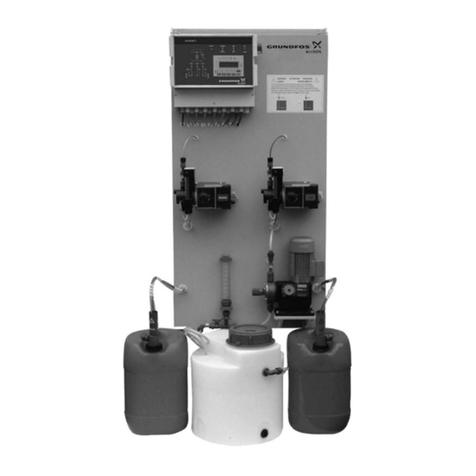
GRUNDFOS ALLDOS
GRUNDFOS ALLDOS Oxiperm C 164 Series Operation and service manual
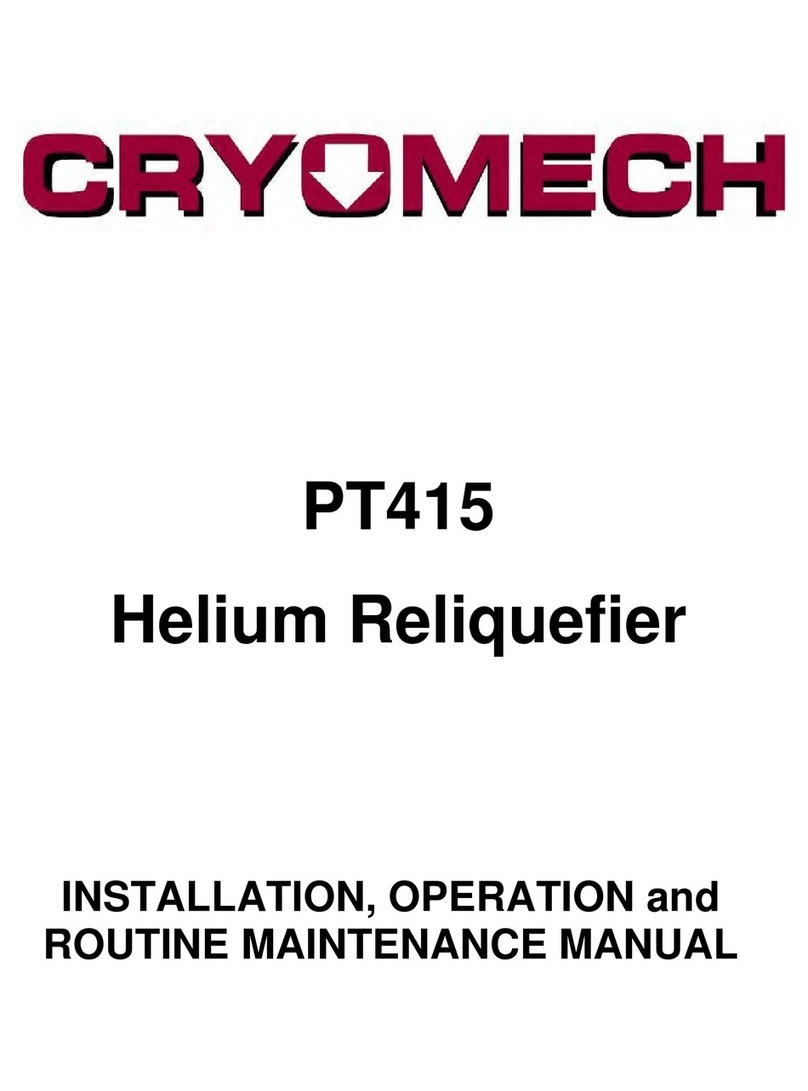
Cryomech
Cryomech PT415 Installation, Operation and Routine Maintenance Manual
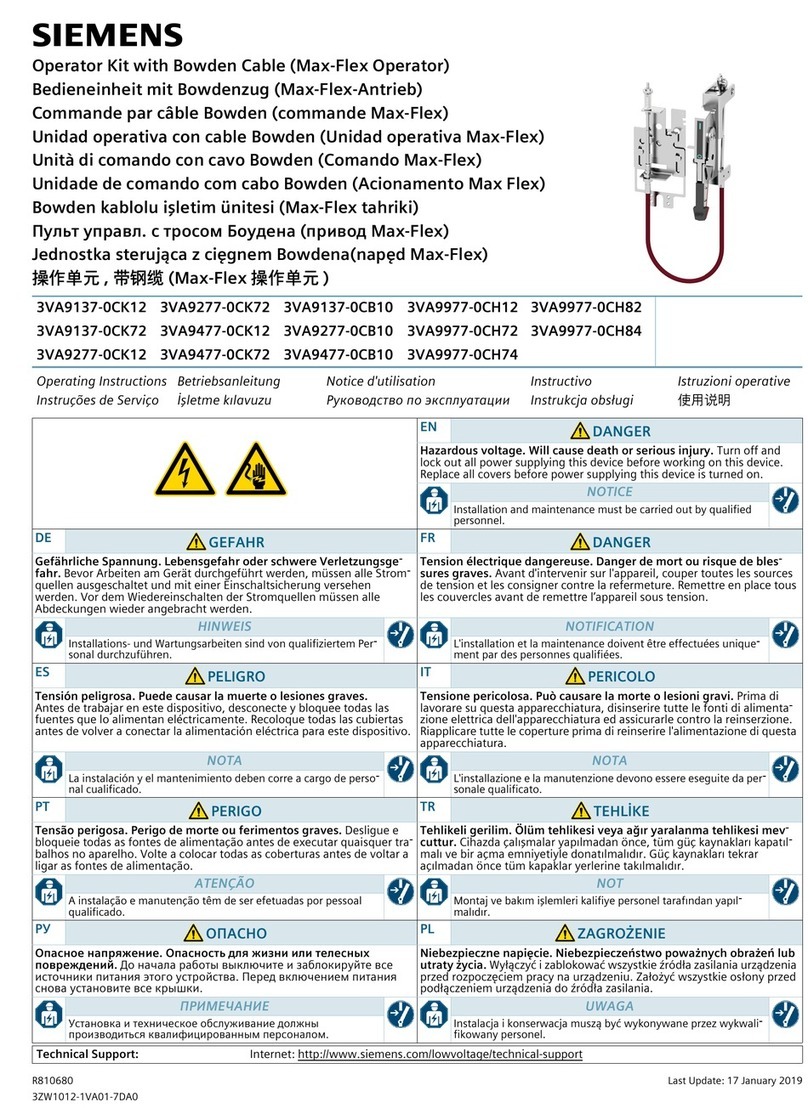
Siemens
Siemens 3VA9137-0CK12 operating instructions
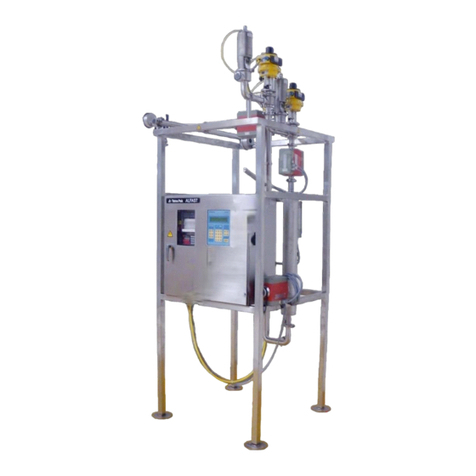
Tetra Pak
Tetra Pak Alfast 200 Series Operation manual
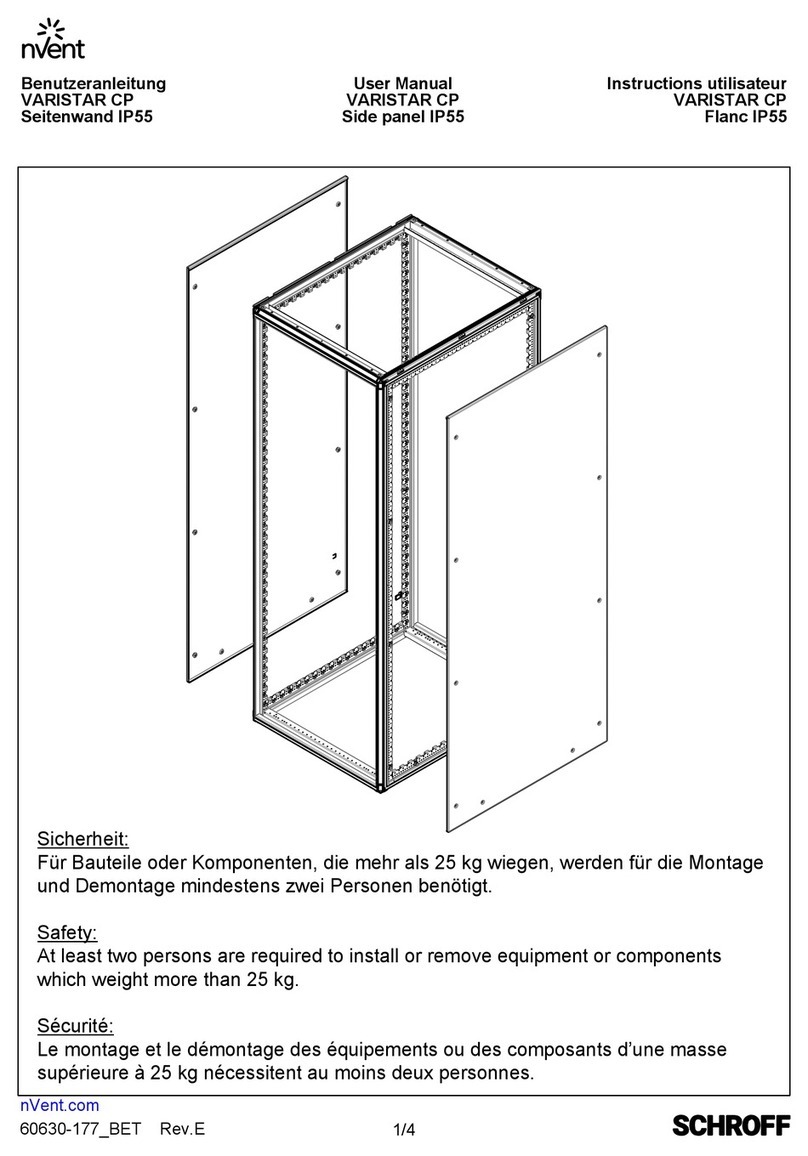
nvent
nvent SCHROFF VARISTAR CP installation instructions
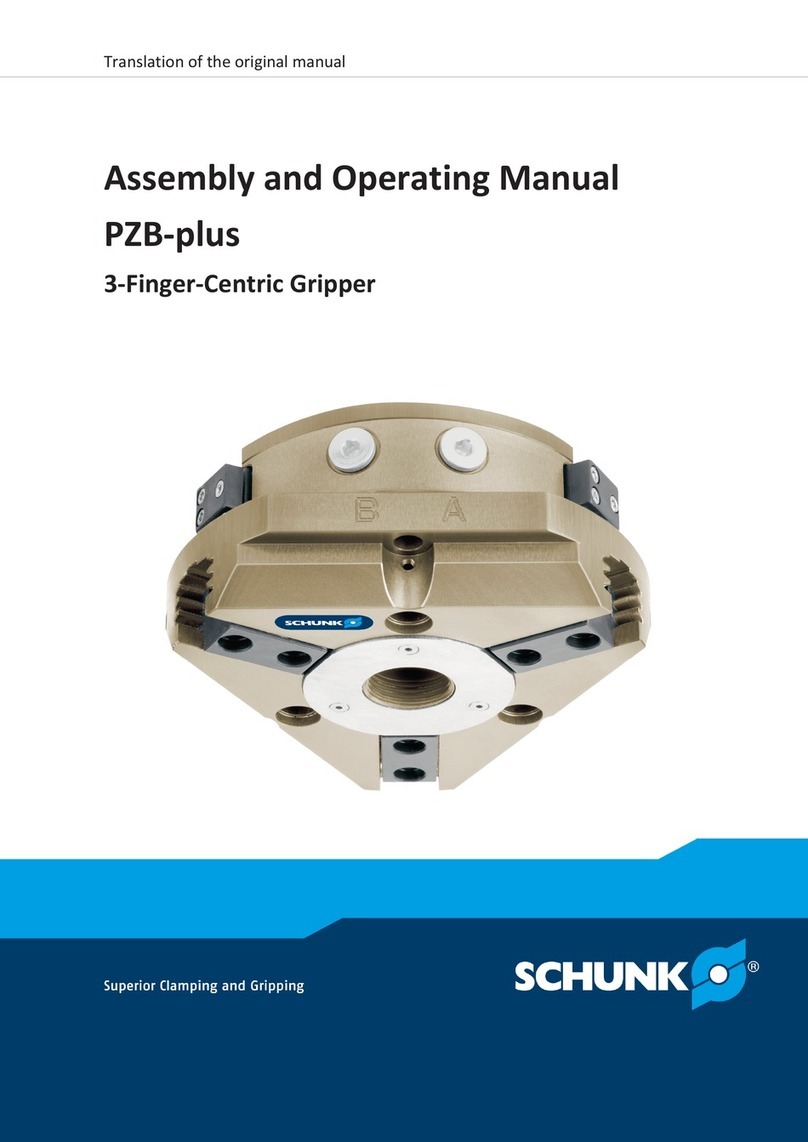
SCHUNK
SCHUNK PZB-plus Series Assembly and operating manual
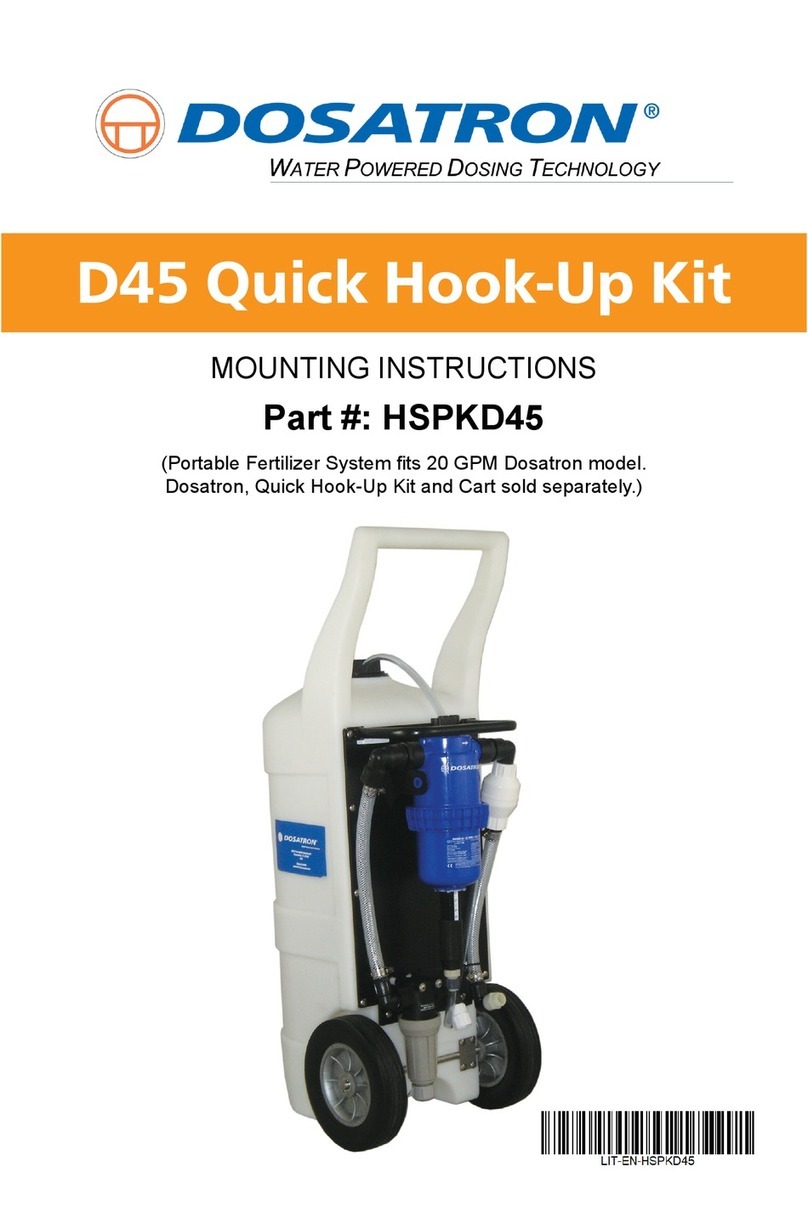
dosatron
dosatron HSPKD45 Mounting instructions
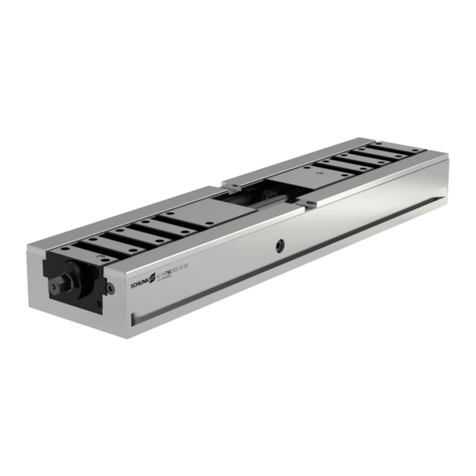
SCHUNK
SCHUNK KSC-D 125 Installation and operating instruction
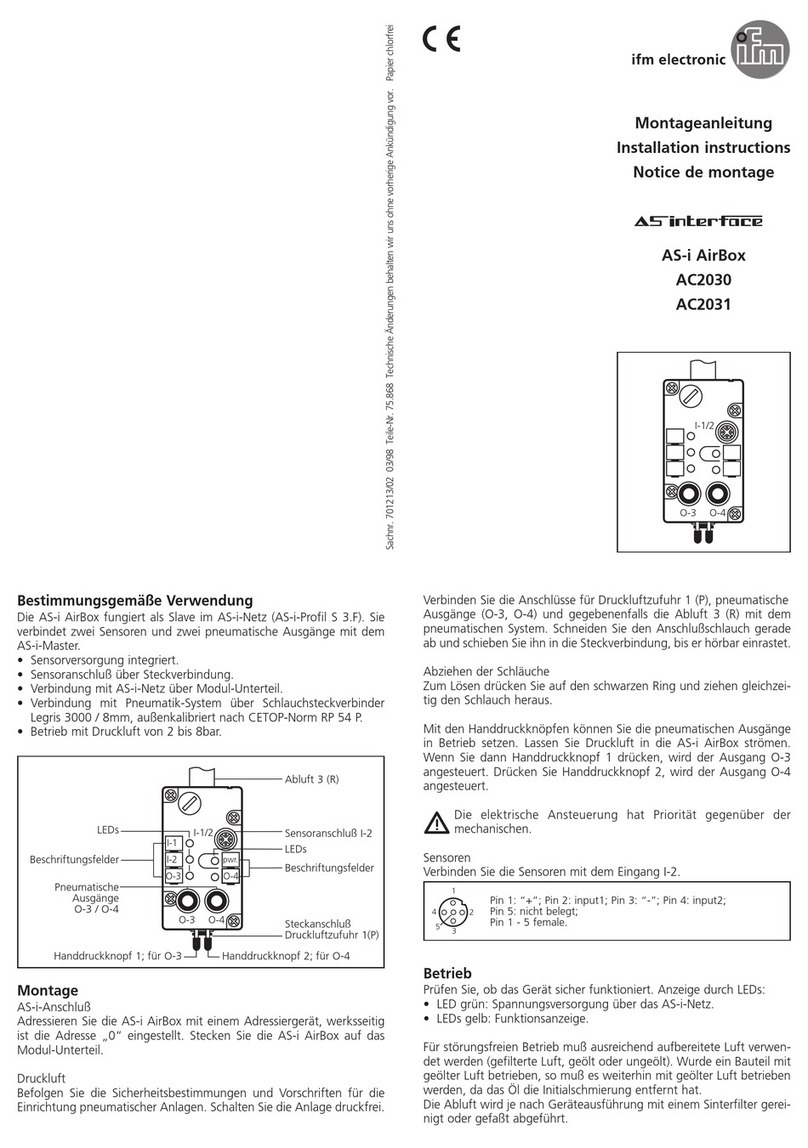
IFM Electronic
IFM Electronic AS-i AirBox AC2030 installation instructions
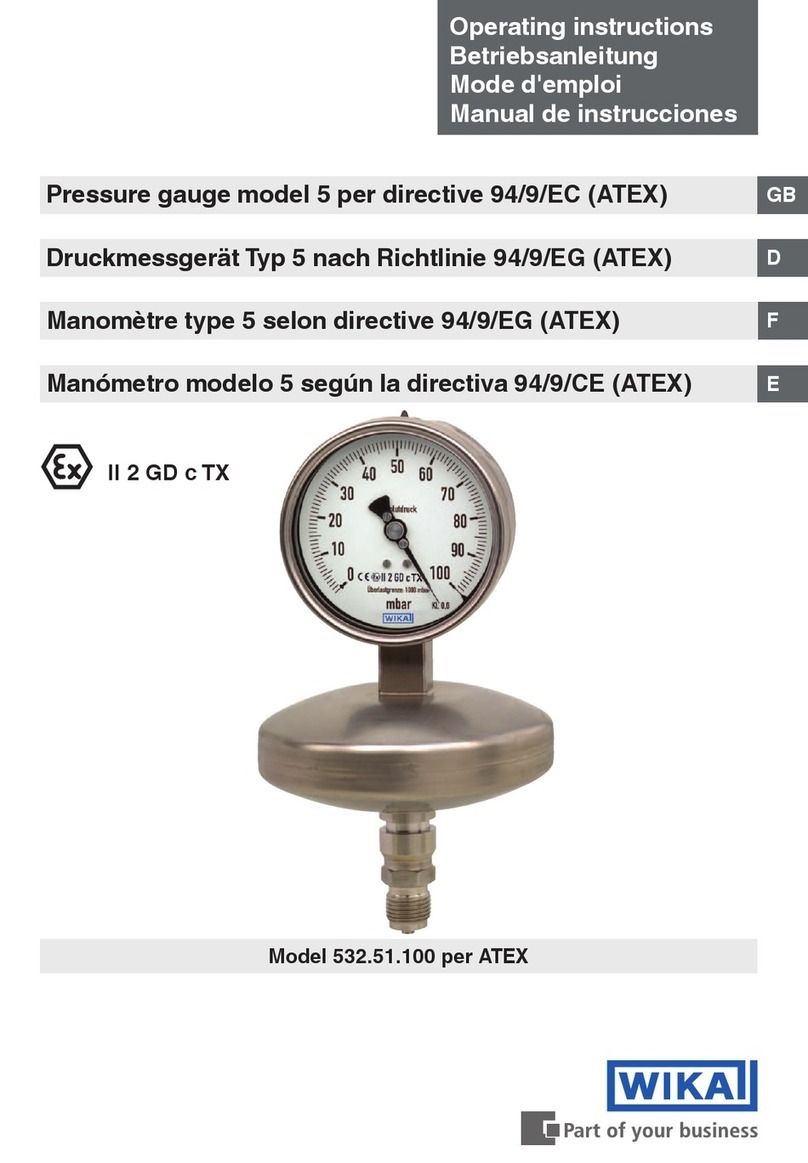
WIKA
WIKA 5 operating instructions
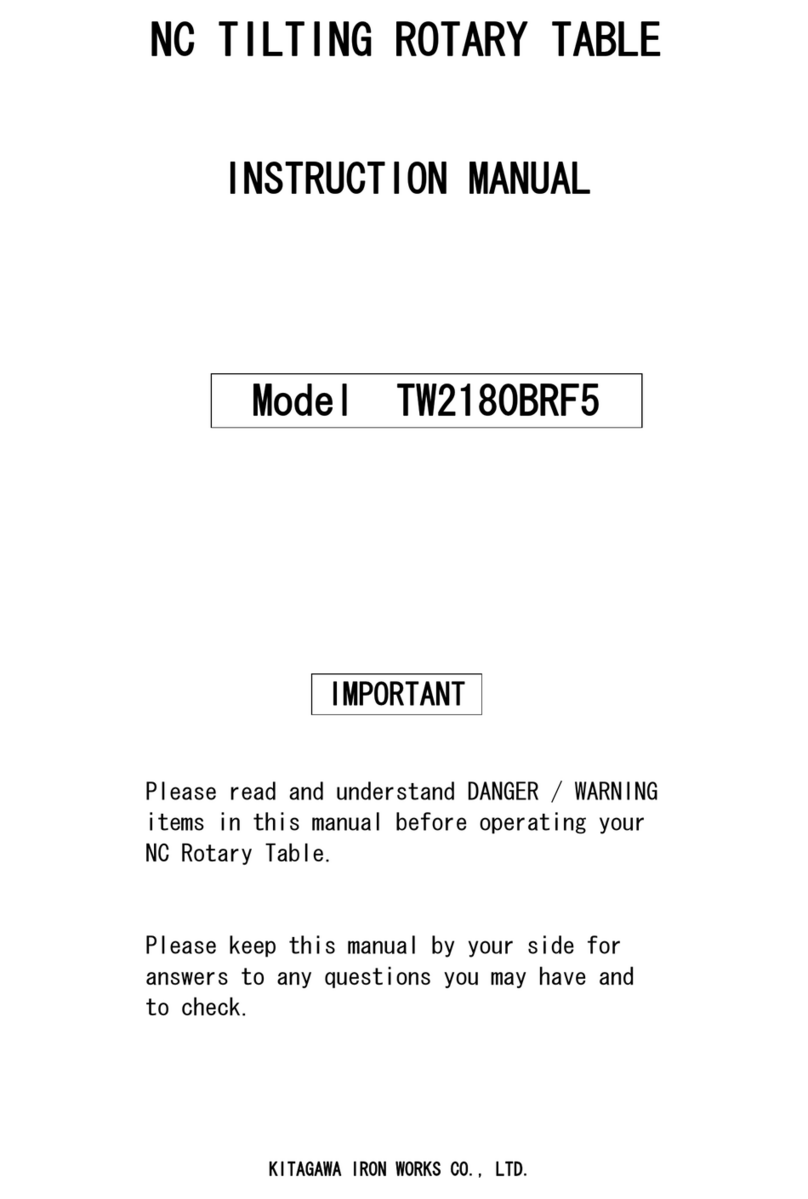
Kitagawa
Kitagawa TW2180BRF5 instruction manual
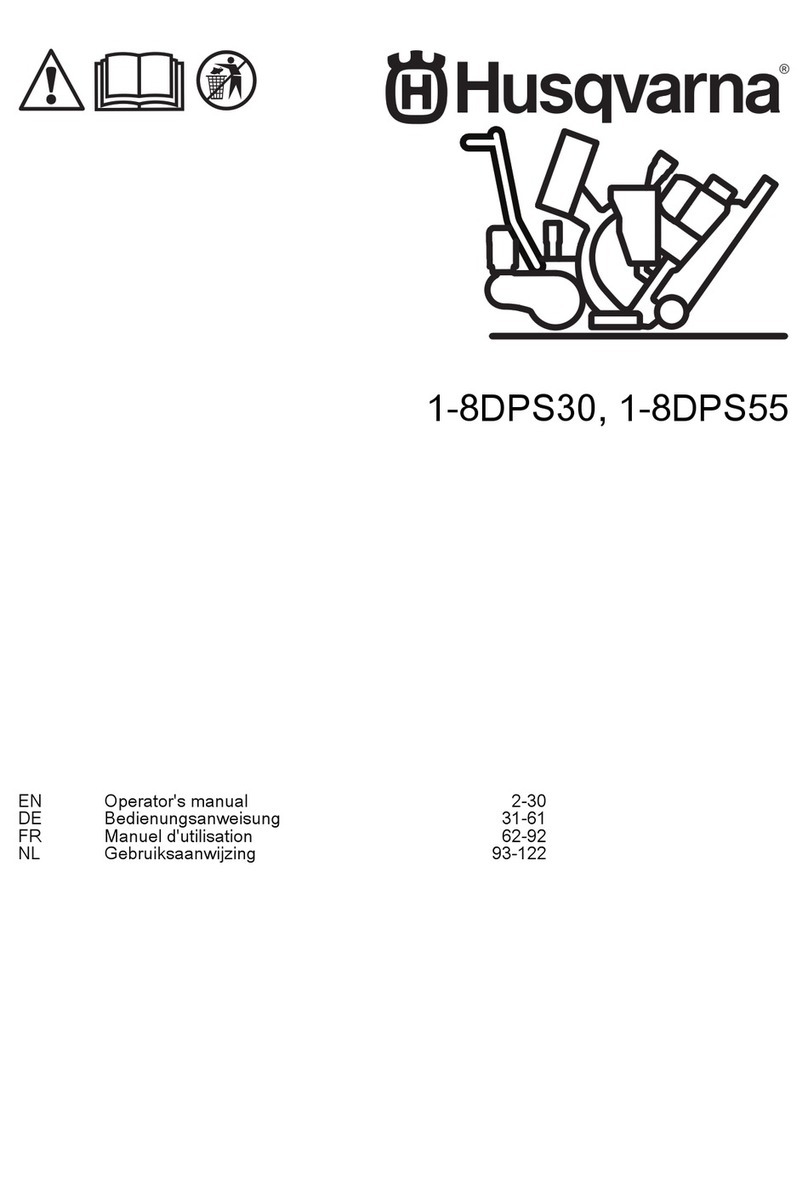
Husqvarna
Husqvarna 1-8DPS30 Operator's manual
